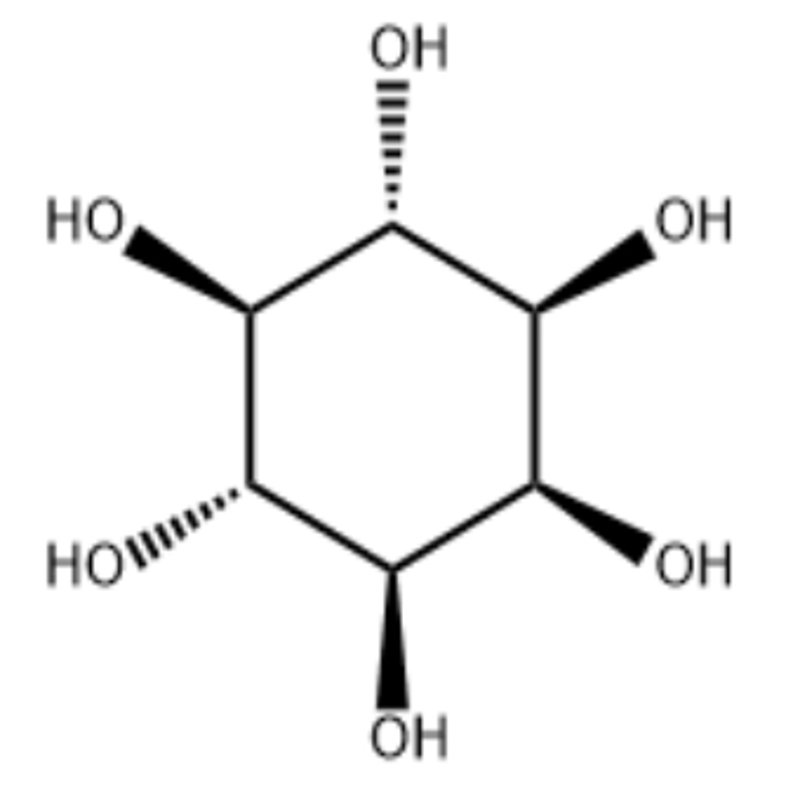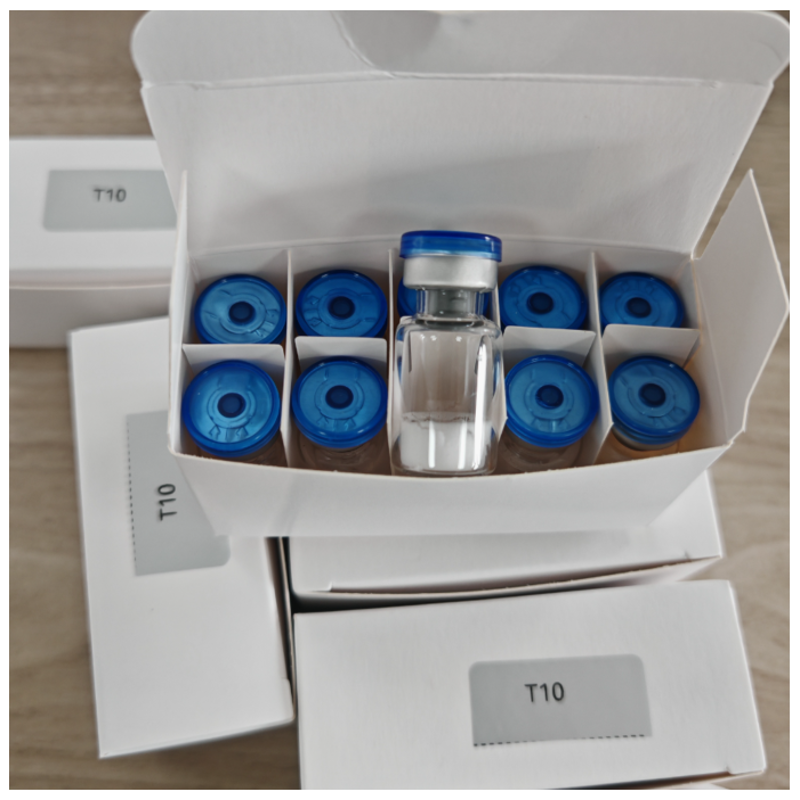-
Categories
-
Pharmaceutical Intermediates
-
Active Pharmaceutical Ingredients
-
Food Additives
- Industrial Coatings
- Agrochemicals
- Dyes and Pigments
- Surfactant
- Flavors and Fragrances
- Chemical Reagents
- Catalyst and Auxiliary
- Natural Products
- Inorganic Chemistry
-
Organic Chemistry
-
Biochemical Engineering
- Analytical Chemistry
-
Cosmetic Ingredient
- Water Treatment Chemical
-
Pharmaceutical Intermediates
Promotion
ECHEMI Mall
Wholesale
Weekly Price
Exhibition
News
-
Trade Service
Graves' disease (GD) was first described in 1835 by Irish physician Robert James Graves
.
This is a specific thyroid autoimmune disease that affects about 12% of the population, mostly women
.
This is a specific thyroid autoimmune disease that affects about 12% of the population, mostly women
9 9
Our patient did not respond to prednisolone, but had a significant response to dexamethasone, so dexamethasone could be the drug of choice for curative treatment in patients with GD
.
.
Table 1 Effects of dexamethasone and carbizole on biological parameters
Table 1 Effects of dexamethasone and carbizole on biological parametersFigure 1: Changes in leukocytes and neutrophils under the action of dexamethasone
Figure 1: Changes in leukocytes and neutrophils under the action of dexamethasoneFigure 2: Effects of Dexamethasone and Carbizole on T4 and T3
Figure 2: Effects of Dexamethasone and Carbizole on T4 and T3Original source: Laidi S, Motaib I, Elamari S, et al.
Treatment of Graves' Disease Associated With Severe Neutropenia.
Treatment of Graves' Disease Associated With Severe Neutropenia.
Leave a Comment







